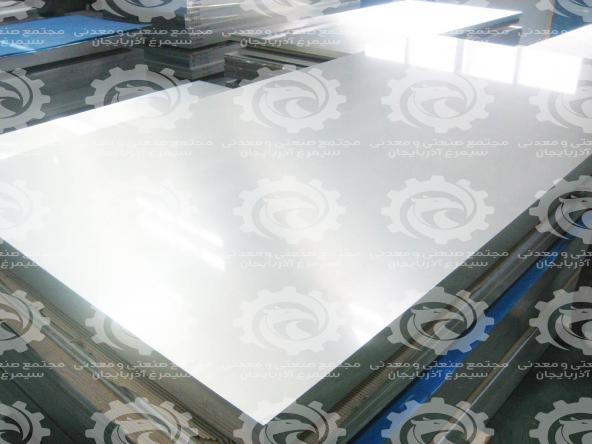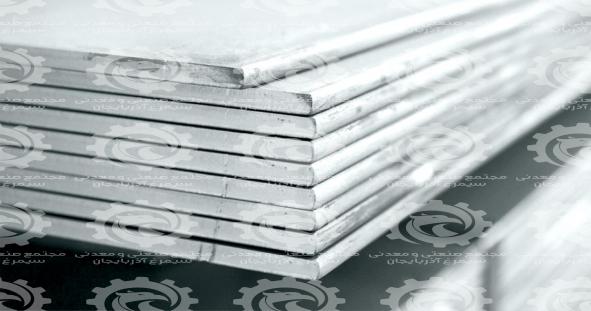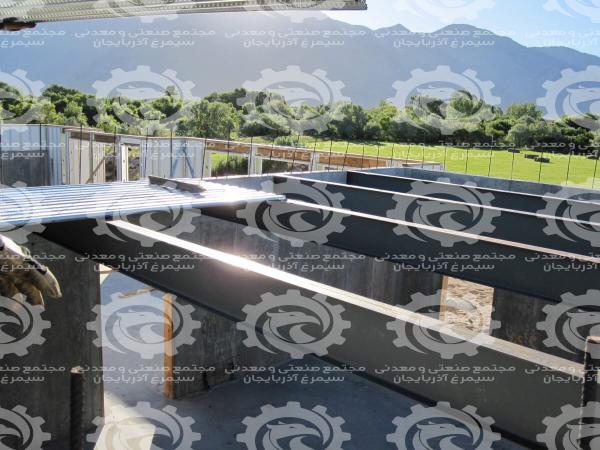Steel slabs Domestic production

Providing primary slabs is the first step of rolling production. The use of continuous casting method is a very important and advanced metallurgical phenomenon in which the production speed of slabs is greatly increased and its metallurgical quality is improved due to the uniformity and homogeneity of production. The uniformity and flawlessness of the slabs make the production waste less during rolling and the production more economical. For more information about steel slabs Domestic production, visit our site.

Unique Characteristics of steel slabs

.
With this method, most non-ferrous metals, carbon steels and alloys can be cast. Since the application of this method until now, significant advances have been made in the implementation techniques of the method. Today, continuous casting machines are mainly used in three ways. These methods include:
A) Continuous vertical casting with vertical secondary freezing area and slab cutting in vertical position
B) Continuous vertical casting with vertical secondary freezing zone, bending of the slab to the horizontal position and cutting it in the horizontal position
C) Continuous curved casting with curved secondary freezing zone with fixed or variable bending radius and slab cutting in horizontal position
Slabs produced in continuous casting are usually between 160 and 300 mm thick, between 600 and 2200 mm wide and between 5 and 16 m long, depending on the dimensions of the final production sheet. Because hot deformation is possible at temperatures around 1070 to 1360 ° C, in order for the produced slabs to be injected into the hot rolling line, it is necessary to preheat the slabs, which is done in preheated furnaces. Which are done at the beginning of the hot rolling line. The initial slab usually enters the furnace at ambient temperature (20 ° C) or hot (800-600 ° C) and reaches the temperature required to enter the hot rolling line.
Today’s hot rolling lines usually involve several processes as follows
- Preheating furnaces
- Shell breaker
- Rough work (such as 4 reversing stations, dual stations, vertical rolling or pressing)
- Slab contraction joints should intersect at the openings for columns
- Secondary cutting and peeling machine
- Final Rolling
- Blue coolers
- Packing machines
In modern hot rolling lines, the slab enters the crusher station after preheating operation and reaching the required temperature, and the oxide shell created on the slab is separated from it by high water pressure. This process is performed on older rolling lines by a vertical rolling system. Vertical rolling in this position, in addition to scaling, plays an important role in reducing the width of the slab. In modern rolling lines, the role of width reduction is given to a new system known as press sizing. After the process of reducing the width of the slab, it enters the rough rolling stations of heavy rolling of two and four rollers and its thickness is reduced to 20 to 60 mm. At the same time, the width of the slab is moved by vertical rollers installed in these two stations. The continuous reciprocating of the slab is coordinated with the desired final sheet width. For more information about steel slabs for sale visit our site.
Domestic demand for steel slabs in 2020

One of the important processes that is done in hot rolling lines on the slab is reducing the width in the first station of the rolling line. The required slab in the hot rolling unit is supplied by a continuous casting machine and enters the rolling line directly or through an intermediary. There is a wide demand in the steel sheet market in terms of thickness and variety of widths, which has caused as much as possible the sheets produced in hot rolling to have a high variety in terms of thickness and width. For this reason, the slabs required for this unit also have a relatively wide range of width (from 900 to 2000 mm) and thickness (from 30 to 300 mm). In the case of thickness, the creation and adjustment of such values is easily done by rough work stations and end stations, and the required sheet with a certain thickness in several thickness reduction processes by horizontal rolling stations and according to the pre-determined thickness reduction program for Each station is produced. For more information about steel slab prices and Domestic demand for steel slabs in 2020, you can visit our site.
You can contact us to buy and sell this product:
Sales consultant: Ms. Leila Nematzadeh
Ways of communication: Phone number: 02147623014
Phone number: 02147623014
 Phone number: 04133660491
Phone number: 04133660491
 Phone number: 09120169267
Phone number: 09120169267
 WhatsApp Response (Skype): click
WhatsApp Response (Skype): click
 Instagram: simurgh_steel_company@
Instagram: simurgh_steel_company@
 email: info@simurghsteelco.com
email: info@simurghsteelco.com
 email: ironore110@gmail.com
email: ironore110@gmail.com
 Facebook: ironore110@
Facebook: ironore110@
 LinkedIn: simurgh-iron-and-steel-company-a68295180@
LinkedIn: simurgh-iron-and-steel-company-a68295180@
 twitter: CoSimurgh@
twitter: CoSimurgh@

 Call number:
Call number:  Whats app:
Whats app:  Address: Salimi industrial Park, Tabriz, IRI
Address: Salimi industrial Park, Tabriz, IRI Instagram:
Instagram:  email:
email:  Facebook:
Facebook: 








